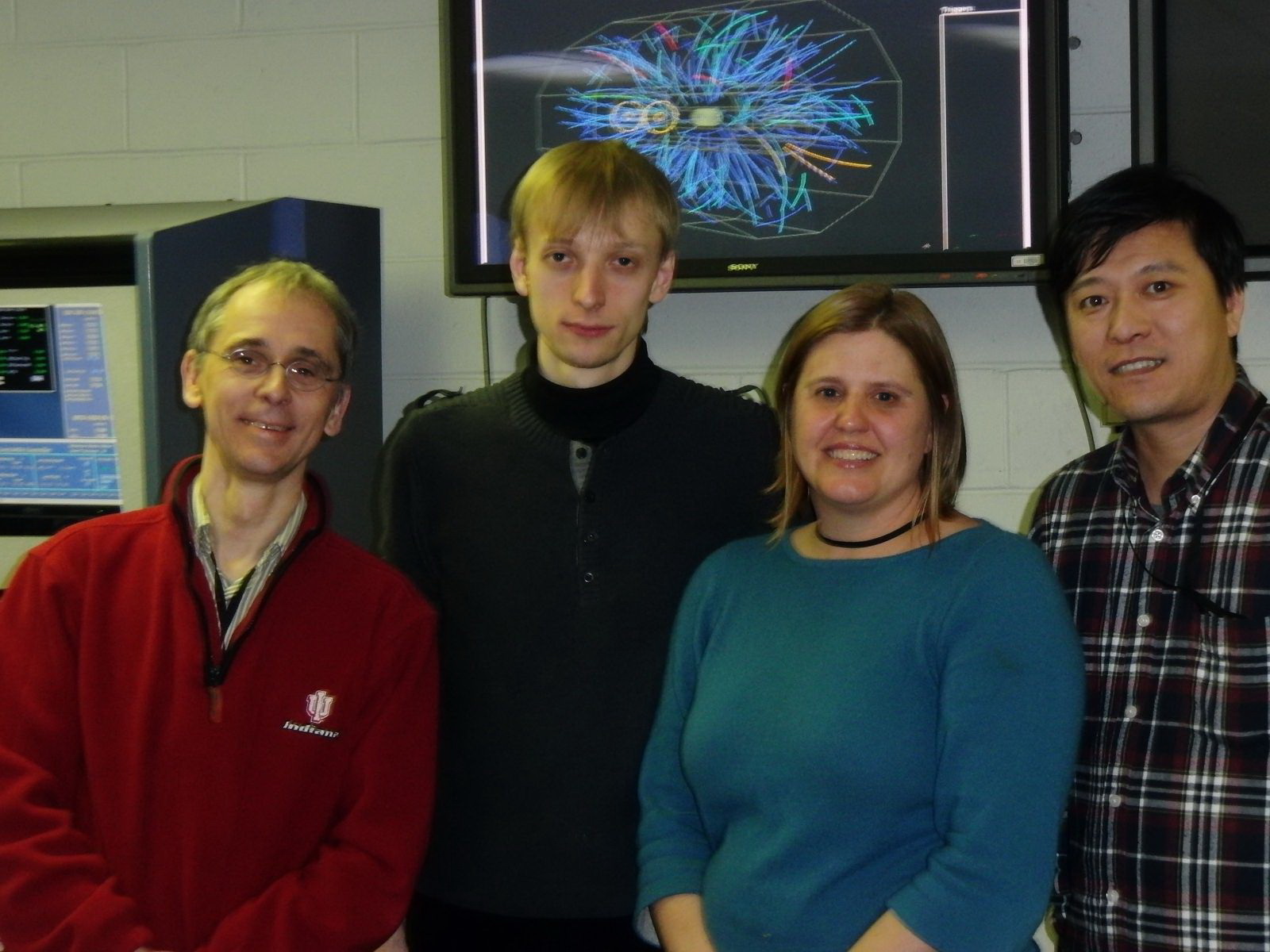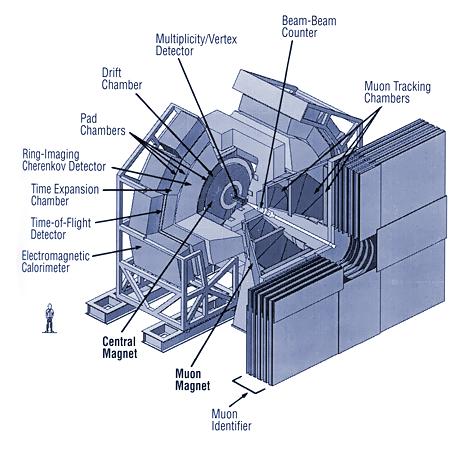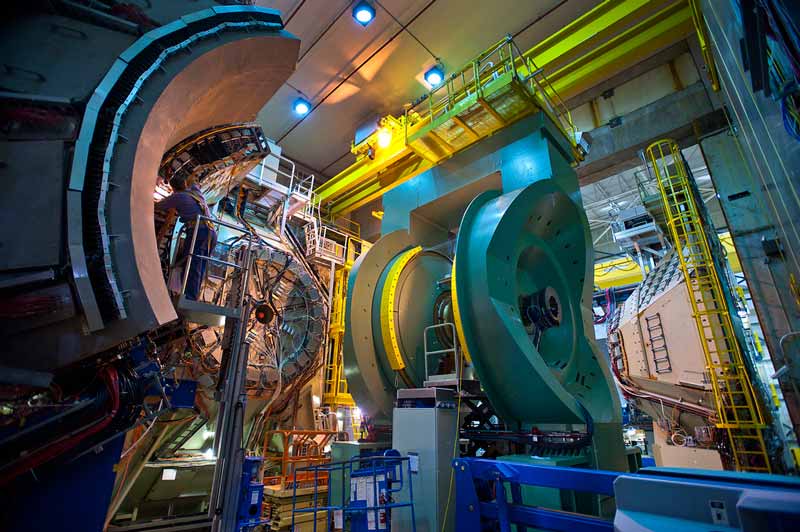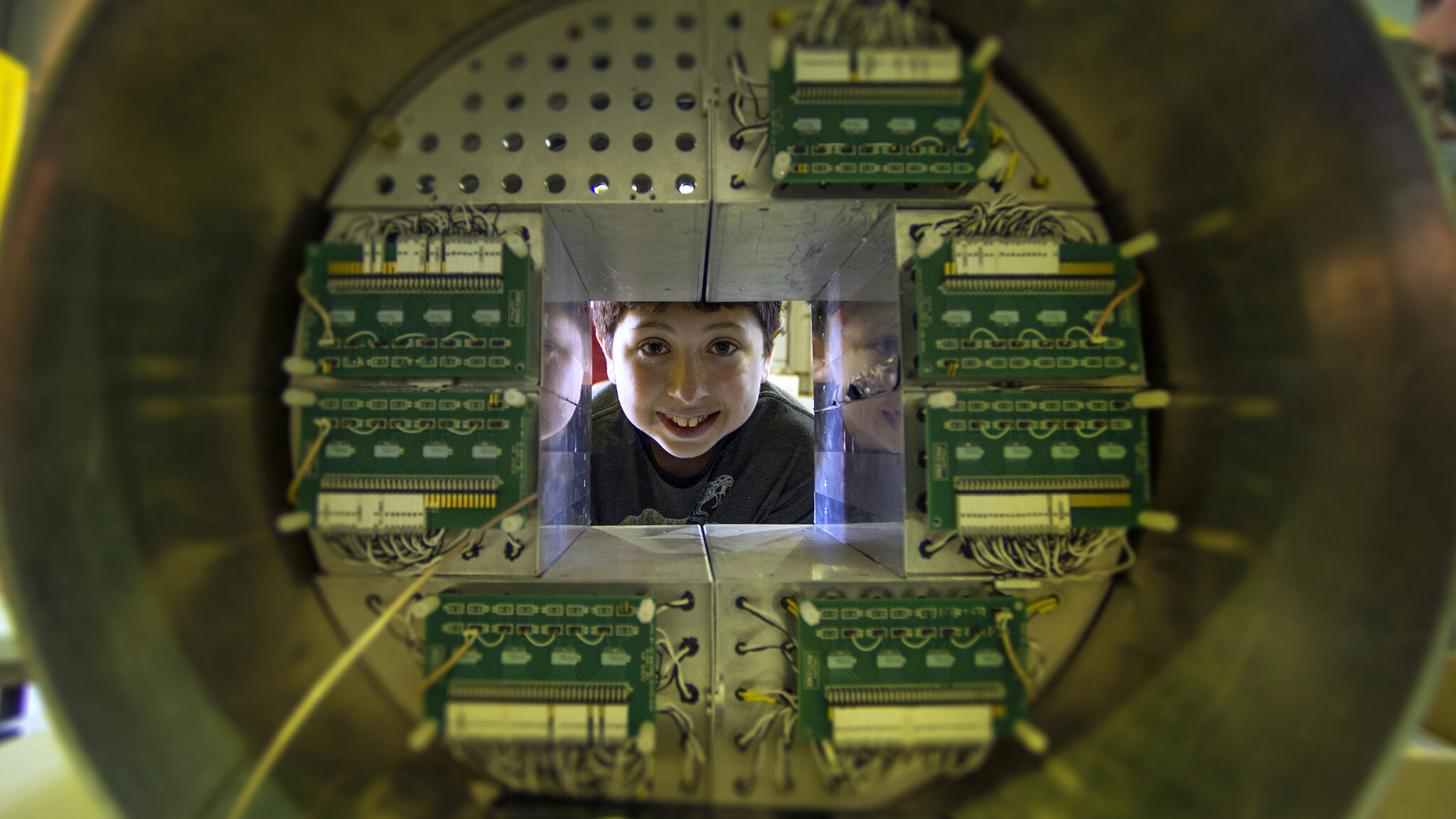“This is where you’re going to lose your grade point average,” warned Nuclear Physicist Renee Fatemi’s friends as she entered her junior year.
“I loved literature and I loved religion and dance. And I loved theater.” Renee’s mom had made her choose between a girls’ school and a magnet school for science and technology. “I wasn’t all that into science and technology, but my mom said ‘Either you’re going to private school or you’re going here’ and I wanted to go to school with boys.”
Now she had to take physics, the required class that she had been told would be impossibly difficult. “I was deathly scared … prepared to hate it.” Fortunately, she found herself in an exciting class with a talented teacher named Dr. John Dell. In a stressful time in her life, when her parents were divorcing, Renee discovered how much fun the methodical problems and solutions of physics could be. And it wasn’t just that – physics helped her appreciate math not just as random numbers but as a subject that could connect with her life. Math “was a language with which I could understand the physical world. I came to it through physics.”
When Fatemi prepared to head off to college, Dr. Bell told her “this is the one time in your life when someone has to answer your questions.” Deciding to take his advice right away, Renee asked Dr. Bell what the coolest thing she’d learn in college might be. “He told me ‘Well, there’s this subject called relativity and I think you’re going to like it. It tells you that you can’t go faster than this number.’ And he wrote down the speed of light [299792458 or about 3 x 10^8 meters per second] and I totally didn’t believe him.”
What Fatemi studies now, like the speed of light, challenges our basic understanding of the objects around us and how they move.

What do you think of when you hear the word “spin”? Is it a top, or a basketball, or the Earth? The “spin” Fatemi, a hadron physicist, studies is altogether different from the type that you see in everyday life – in fact, it wouldn’t even make sense in the macroscopic world (the world of things we are able to see with our eyes)! It is a form of angular momentum, a property which connects the position, motion and mass of an object.
Fatemi studies the spin of the proton, a type of sub-atomic particle. Protons are very small, and they are made up of even smaller particles called quarks and gluons. Fatemi and her colleagues do experiments to determine how much quarks and gluons contribute to a proton’s spin. Scientists used to think that about 75% of a proton’s spin was created by quarks, but in the 1980s it was discovered that less than half — only 20-30% — was really influenced by these particles. What causes the rest of a proton’s spin?
The U.S. Department of Energy’s Office of Science funds a number of laboratories around the country where scientists in different fields do research. Fatemi’s group used a particle collider at Brookhaven National Laboratory, in New York State. The collider would smash two protons together, making their quarks and gluons collide with each other. There would only be two protons at once, so the scientists could see the results more clearly. But only two protons also means only one sample of data, so Fatemi had to repeat the experiment many times. It all went more quickly than you would think, because there would be a hundred million collisions every second! A nanosecond is a billionth of a second, and Fatemi used this measurement, along with microseconds (millionths of a second) for her work.

One of the things Fatemi has enjoyed about physics since she first began studying it is that she doesn’t have to memorize long lists of facts. Everything is built upon a few rules, and conservation of spin is one of them. Spin is part of the very foundation of particle physics.
Spin physics had come a long way in the decades before Fatemi’s collider experiment. In fact, not long ago, people did not know spin could exist! It seemed impossible, because an object that spun in the way these particles did would be spinning faster than the speed of light, which is impossible according to the ideas of special relativity. But spin existed anyway, because the spin that appears in the strange world of quantum physics is nothing like the spin we see with our eyes, in our daily life.
Quantum physics can be confusing even for physicists like Richard Feynman, who famously wrote “I think I can safely say that nobody understands quantum mechanics.”*
But even if you can’t see or understand spin in your daily life, it can be found in many types of technology. It helps store memory in the disk of the computer you’re using right now. And solid state devices, which also involve spin, can be found everywhere in electronics. If you ever go to a doctor and get an MRI scan, then remember that the magnets in the scan are flipping the spin of protons in your body, making this harmless procedure that might even save your life possible. The more we know about spin, the more uses we can create for it. But first, scientists like Fatemi must investigate it, using math and experiments as well as tools like colliders.

*Richard Feynman, The Character of Physical Law (1965)
To start learning more about physics and the relationships between objects, space, and time, Fatemi, a professor of nuclear physics at the University of Kentucky, recommends heading to the nearest library and finding a book called Spacetime Physics, by Edwin F. Taylor and John Archibald Wheeler.



